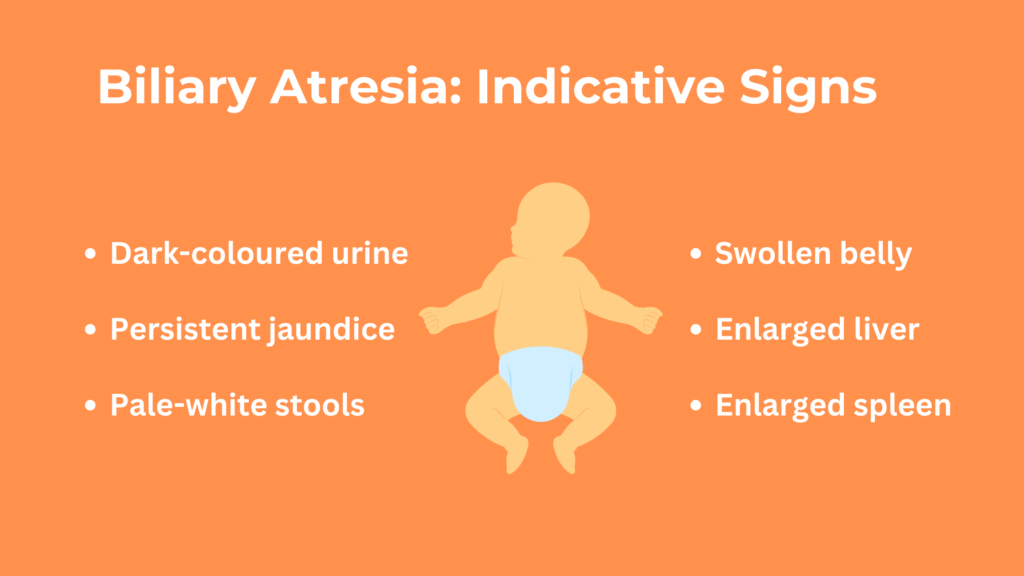Biliary atresia is a rare yet serious liver disorder that primarily affects infants, typically appearing within the first few weeks of life. This condition involves the progressive destruction or absence of bile ducts, which prevents the normal flow of bile from the liver to the small intestine. If left untreated, it can lead to severe liver damage and life-threatening complications.

Pathophysiology and Etiology:
The exact cause of biliary atresia remains unknown, but it is believed to be a multifactorial condition. Genetic predispositions, environmental factors, and immune responses all play a role. Researchers have explored potential triggers, including viral infections and developmental anomalies, but a definitive causative agent has not been identified.
Clinical Presentation and Diagnosis:
Infants with biliary atresia typically exhibit jaundice, dark urine, pale stools, and an enlarged liver (hepatomegaly). Jaundice, caused by elevated bilirubin levels, is often the initial noticeable sign. Prolonged jaundice beyond the neonatal period requires further investigation.
Diagnosing biliary atresia involves a combination of clinical evaluation, laboratory tests, imaging studies, and sometimes liver biopsy. Blood tests reveal elevated bilirubin and liver enzyme levels. Imaging techniques like ultrasound, hepatobiliary scintigraphy, and magnetic resonance cholangiopancreatography (MRCP) help visualize the biliary tree and assess bile flow. Liver biopsy confirms the diagnosis by identifying characteristic histopathological features such as bile duct proliferation and fibrosis.
Treatment and Prognosis:
The primary treatment for biliary atresia is the Kasai portoenterostomy, a surgical procedure that aims to restore bile flow from the liver to the intestine. Ideally performed within the first two months of life, this procedure involves removing damaged bile ducts and directly connecting the liver to the small intestine. Early intervention significantly improves outcomes, with some children achieving good bile drainage and liver function.
However, even after successful surgery, many children with biliary atresia will eventually develop progressive liver disease and require liver transplantation. Advances in surgical techniques, immunosuppressive therapy, and postoperative care have markedly improved survival rates and quality of life for these patients.
Research and Future Directions:
Ongoing research into the etiology and pathogenesis of biliary atresia is crucial for developing more effective treatments and preventive strategies. Studies exploring genetic factors, immune responses, and potential infectious agents aim to uncover the underlying mechanisms of this complex disease. Additionally, advancements in regenerative medicine and gene therapy hold promise for innovative therapeutic approaches.
Conclusion:
Biliary atresia presents significant challenges in neonatal healthcare, necessitating prompt diagnosis and intervention to prevent severe liver damage. While surgical treatment and liver transplantation have improved outcomes, continued research is essential for understanding the disease and developing novel therapies. Increased awareness and early recognition of biliary atresia can lead to better prognoses and improved quality of life for affected infants and their families.


One Response
This is the first Case I’m knowing about infants, it’s Really interesting and Important Study to know , Leaened New and Thank you Dr Sunil Sir
Comments are closed.